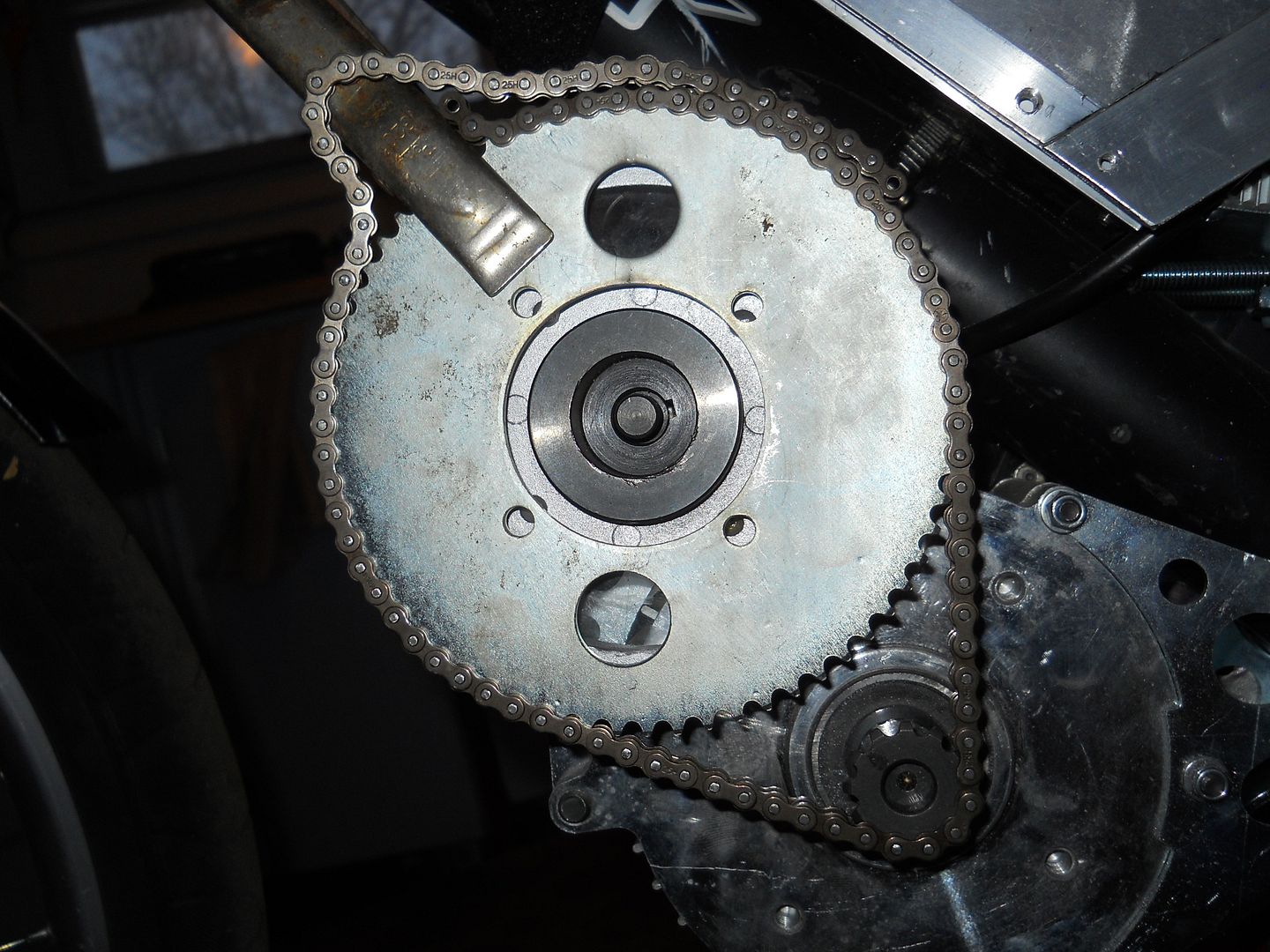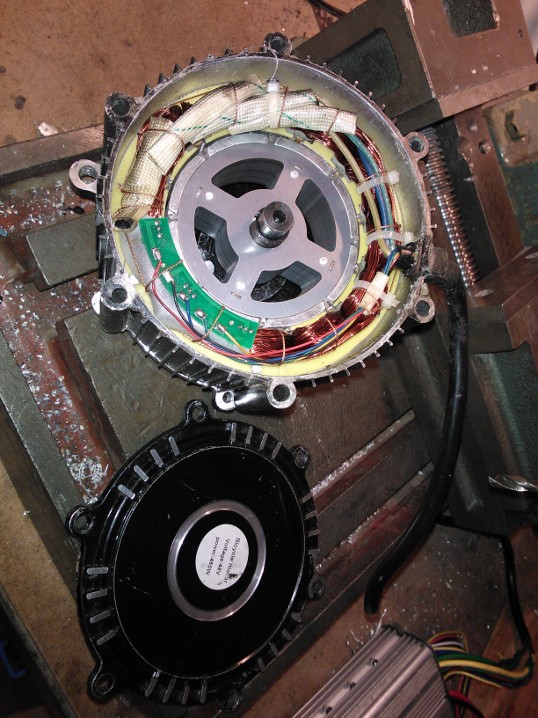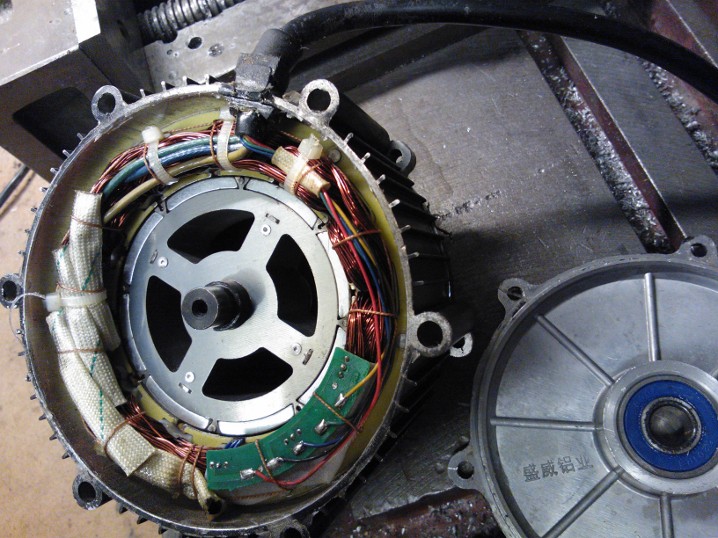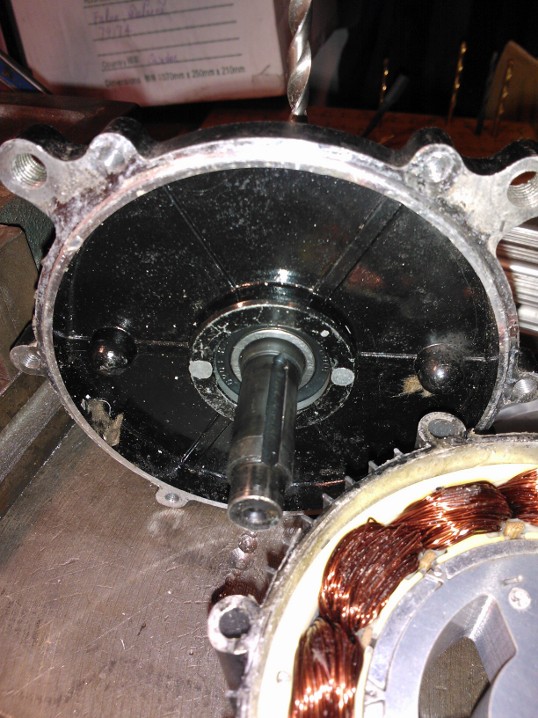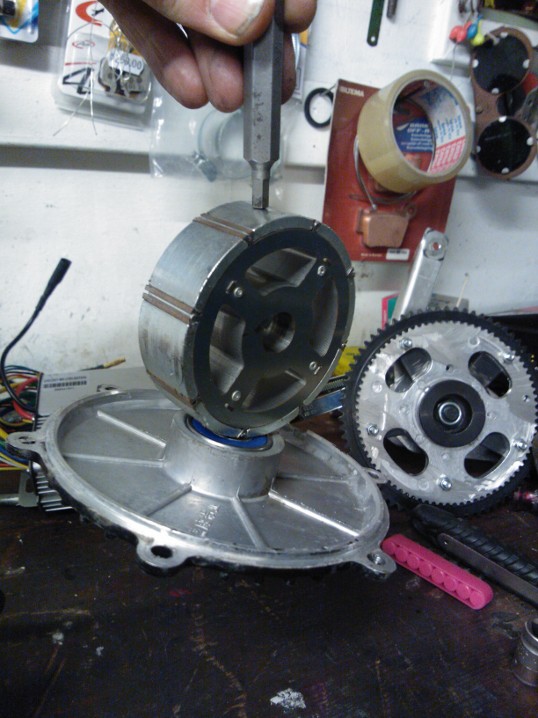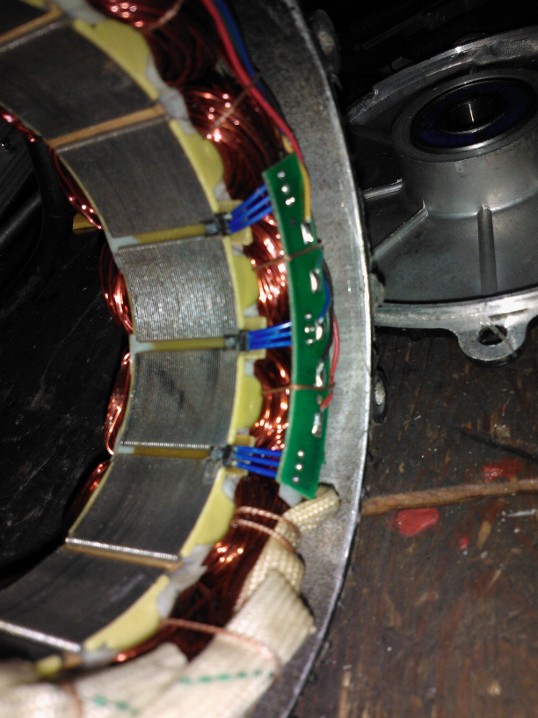Denisesewa
100 W
Did you put dimples in the shaft for the set screws? I just finished turning the shaft and am very happy, nice hand press fit with no appriciable runout, less than 2 hours work. you are right that the shaft turns very fast at the end ,I almost went too far as well.christerljung said:We got the same weather here in Sweden.
I did the a similar process with my GNG. Take it really slow when getting closer to 10mm, it goes away much faster in the end. Mine was suddenly 9.8
The sprocket i bought was with set screws, mounted with no problem and has been sitting tight so far. Like this:

Click the pic for vid.



